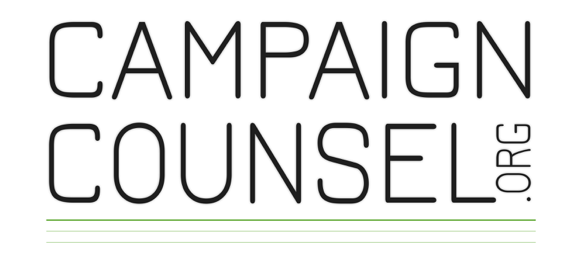How Your Capital Campaign Can Help Build Nonprofit Capacity
Capital campaigns can have fantastic effects on nonprofits by creating new infrastructure, expanding programs and improving services. Another effect is capacity building, which can be an ambiguous term unless we look at it on a personal level.
Want to Get Off the Bench? Build Capacity
I have personal experience with capacity building; we all do. My first was in high school when I was playing football, only I was on the bench more than the field. The coaches said I was too weak and slow. Enter capacity building. I had to improve my strength and speed, my physical capacity, which meant lots of running and lifting. It took time and work, but I finally got off the bench. Personal capacity building also goes beyond physical. Examples include love, faith, knowledge, gratitude and patience. Building our capacity with any of these takes considerable effort.
Personal capacity building requires our ongoing attention least we lose what we have gained. Take for example the capacity I had over thirty-years ago for playing football. Sure, age could have a lot to do with it, but I prefer fooling myself into believing that I could be that strong and fast again if only I had the time to practice.
Steps to Building Nonprofit Capacity
Our personal experiences with capacity building involve a series of steps that are intended to make us better people. The capacity building that capital campaigns bring to nonprofits are similar. The capital campaign process provides the steps that lead to growth:
A nonprofit observes a need, such as not enough space for its programs. Step one is known as a Needs Assessment and can be performed internally by staff or with external professional help.
A nonprofit identifies a solution, such as a new building that will meet its need and benefit the people, places and missions it serves. Step two is known as a Feasibility Study and should be done by external professionals.
A nonprofit works extremely hard to raise enough money to align the organizational needs it has identified with community benefits. Step three is a Capital Campaign and is typically managed by external professionals, unless the nonprofit has substantial experience and a large staff.
These steps, when managed by experienced professionals, are the most effective nonprofit capacity builders available. They create the exposure, tools and strategies needed to dramatically increase revenue.
Measuring Nonprofit Capacity
We can measure fundraising capacity building by looking at two variables. First, the number of new gifts to the nonprofit’s capital campaign. These first-time donors learn about the nonprofit, its needs, solution, and how financially supporting the solution will make a measurable impact on something the first-time donors care about.
Second, nonprofit capacity building can be measured by the number of existing donors who make larger-than-ever gifts to the organization. For example, a company that spends $5,000 every year sponsoring a nonprofit’s gala makes a $50,000 gift to its capital campaign. Why didn’t this annual donor give more in the past? Well, it could be because the nonprofit never asked. Or the nonprofit never enticed the company to give so much. Whatever the reason, capital campaigns are extremely effective at getting existing donors to give more than ever before.
Maintaining Nonprofit Capacity After a Capital Campaign
A capital campaign is the fastest, best way to build a nonprofit’s fundraising capacity, but an organization can’t duplicate the energy or necessity of a capital campaign more than every five to ten years. Therefore, the nonprofit must work to maintain its capacity, not relative to the amount of revenue generated during a capital campaign, but rather the number of active and engaged donors. Without ongoing targeted communications, the capacity building achieved during the capital campaign will fade away.
Once capacity is built through a capital campaign, how does a nonprofit maintain that capacity? Through a strategic communications effort.
Click to learn more now about how our friends at Carl Bloom Associates recommend that nonprofits communicate with and ask donors to give in order to retain their post-campaign loyalty.
Thinking of building your capacity through a capital campaign? Explore our blog or contact us for more information.
Kevin Wallace is president of CampaignCounsel.org, specializing in capital campaign planning and management. Reach him by email or visit www.campaigncounsel.org.







